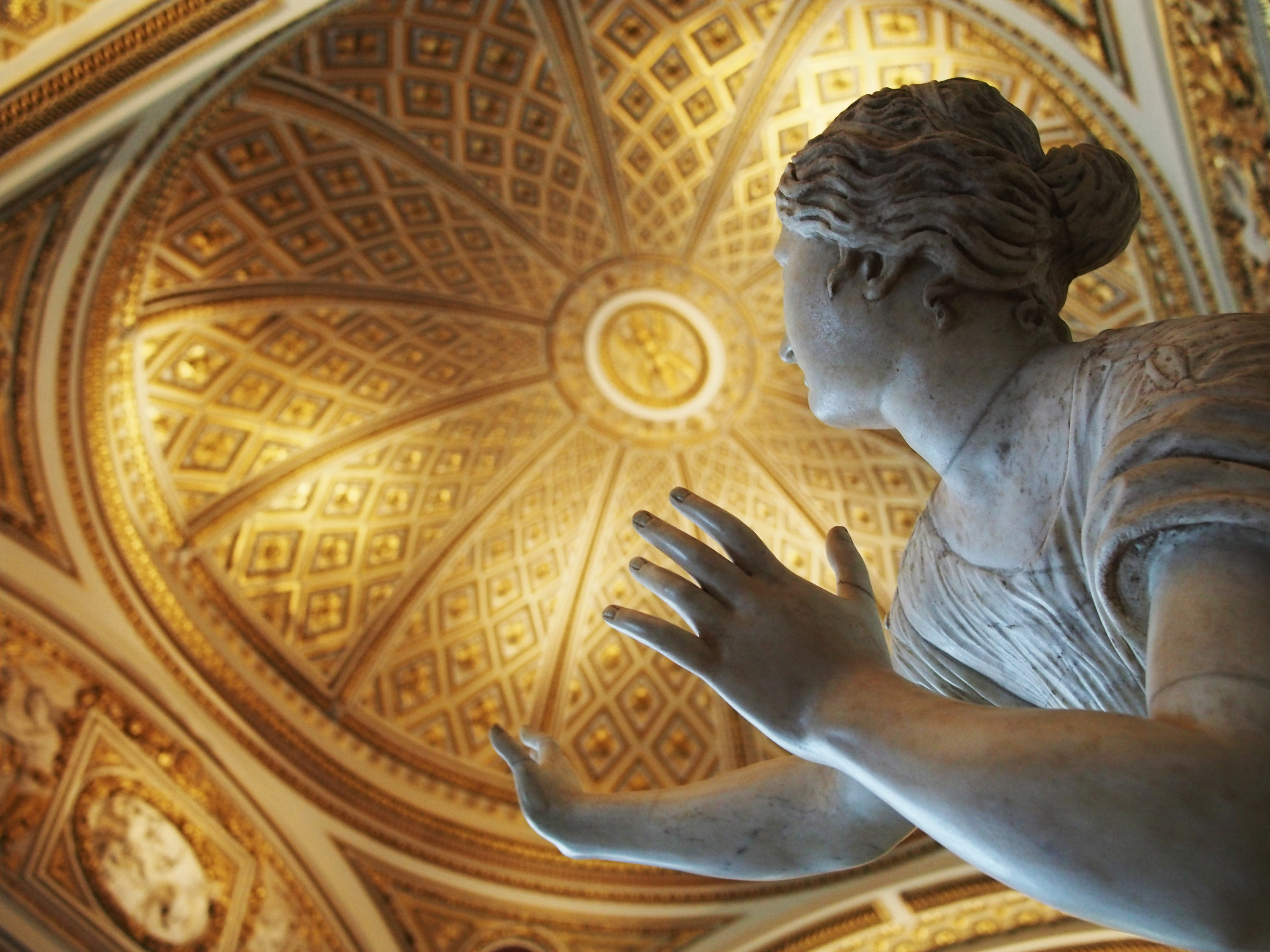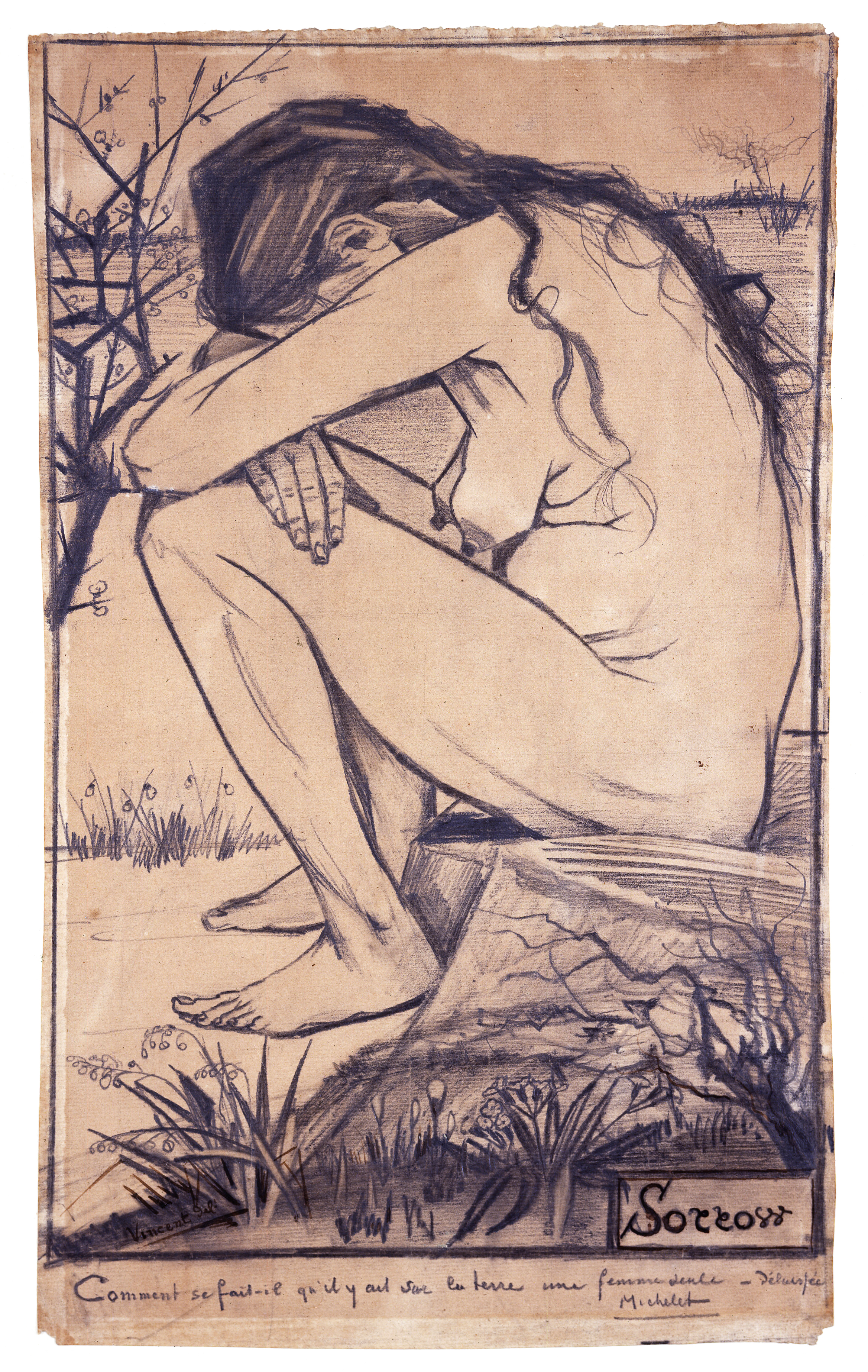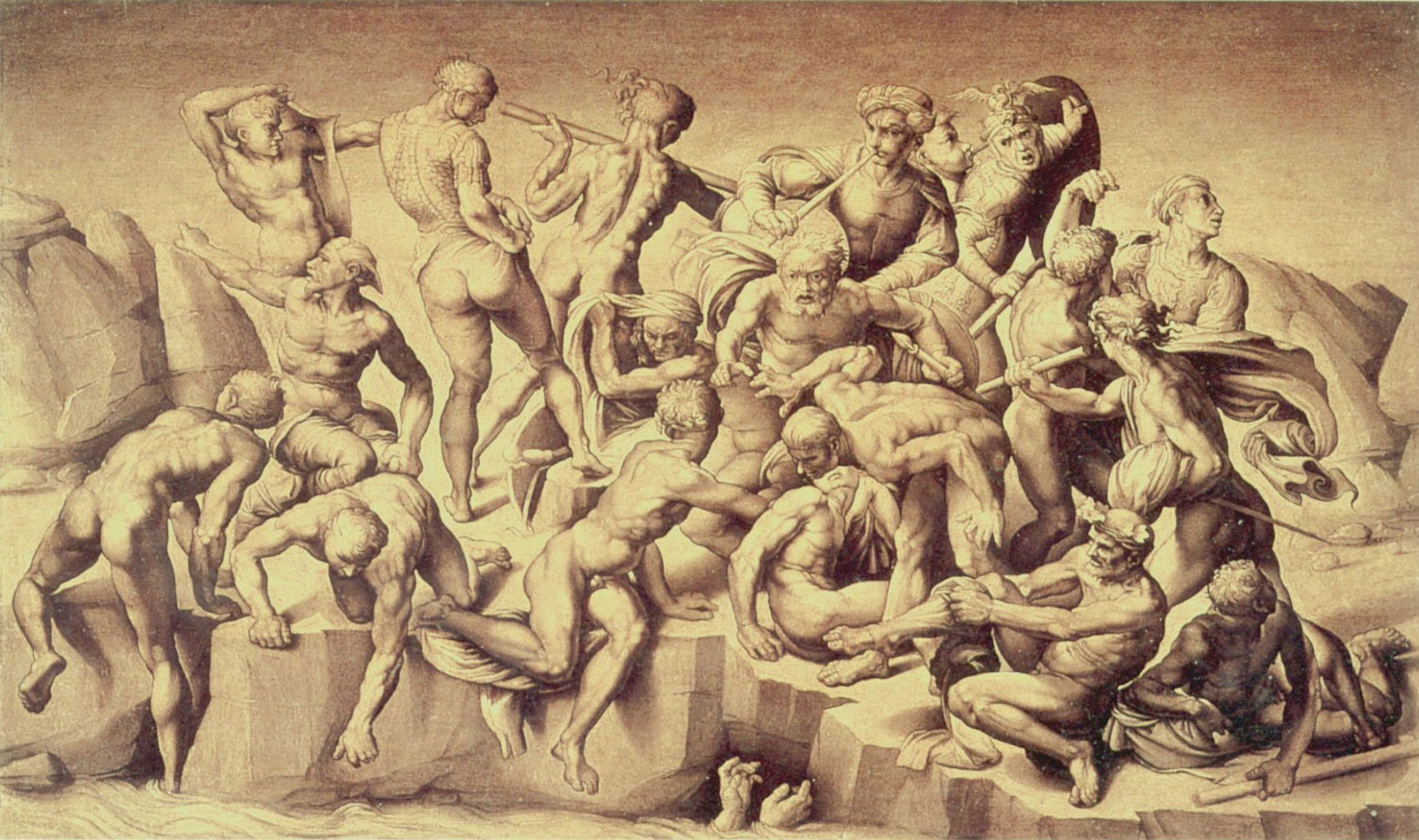|
Giorgio Vasari
Giorgio Vasari (30 July 1511 – 27 June 1574) was an Italian Renaissance painter, architect, art historian, and biographer who is best known for his work ''Lives of the Most Excellent Painters, Sculptors, and Architects'', considered the ideological foundation of Western art-historical writing, and still much cited in modern biographies of the many Italian Renaissance artists he covers, including Leonardo da Vinci and Michelangelo, although he is now regarded as including many factual errors, especially when covering artists from before he was born. Vasari was a Mannerist painter who was highly regarded both as a painter and architect in his day but rather less so in later centuries. He was effectively what would now be called the minister of culture to the Medici court in Florence, and the ''Lives'' promoted, with enduring success, the idea of Florentine superiority in the visual arts. Vasari designed the ''Tomb of Michelangelo'', his hero, in the Basilica of Santa Croce, F ... [...More Info...] [...Related Items...] OR: [Wikipedia] [Google] [Baidu] |
Uffizi
The Uffizi Gallery ( ; , ) is a prominent art museum adjacent to the Piazza della Signoria in the Historic Centre of Florence in the region of Tuscany, Italy. One of the most important Italian museums and the most visited, it is also one of the largest and best-known in the world and holds a collection of priceless works, particularly from the period of the Italian Renaissance painting, Italian Renaissance. After the ruling House of Medici died out, their art collections were given to the city of Florence under the famous ''Patto di famiglia'' negotiated by Anna Maria Luisa de' Medici, Anna Maria Luisa, the last Medici heiress. The Uffizi is one of the first modern museums. The gallery had been open to visitors by request since the sixteenth century, and in 1769 it was officially opened to the public, formally becoming a museum in 1865. History The building of the Uffizi complex was begun by Giorgio Vasari in 1560 for Cosimo I de' Medici, Grand Duke of Tuscany, Cosimo I de' M ... [...More Info...] [...Related Items...] OR: [Wikipedia] [Google] [Baidu] |
Art History
Art history is the study of Work of art, artistic works made throughout human history. Among other topics, it studies art’s formal qualities, its impact on societies and cultures, and how artistic styles have changed throughout history. Traditionally, the discipline of art history emphasized painting, drawing, sculpture, architecture, ceramics and decorative arts; yet today, art history examines broader aspects of visual culture, including the various visual and conceptual outcomes related to art. Art history is a broad discipline encompassing many branches. Some focus on specific time periods, while others concentrate on particular geographic regions, such as the Art of Europe, art of Art of Europe, Europe. Thematic categorizations include feminist art history, iconography, the analysis of symbols, and Design history, design history. Studying the history of art emerged as a means of documenting and critiquing artistic works, with influential historians and methods originating ... [...More Info...] [...Related Items...] OR: [Wikipedia] [Google] [Baidu] |
Guglielmo Da Marsiglia
Guglielmo da Marsiglia (1475–1537) was an Italian painter of stained glass of the 16th century. He is also known as Guglielmo da Marcillat and was a native of St. Mihiel near Meuse, France. He created 3 windows in 1519 for the Cathedral of Arezzo for a fee of 180 ducats. He completed two windows in the church of Santa Maria del Popolo composed of 12 scenes from the lives of Christ and The Virgin Mary (1509). He also painted in frescos. One of his pupils was the painter, architect and biographer Giorgio Vasari Giorgio Vasari (30 July 1511 – 27 June 1574) was an Italian Renaissance painter, architect, art historian, and biographer who is best known for his work ''Lives of the Most Excellent Painters, Sculptors, and Architects'', considered the ideol .... References * 1475 births 1537 deaths 15th-century Italian painters Italian male painters 16th-century Italian painters Italian Renaissance painters {{Glass-art-stub de:Guglielmo de Marcillat ... [...More Info...] [...Related Items...] OR: [Wikipedia] [Google] [Baidu] |
Luca Signorelli
Luca Signorelli ( – 16 October 1523) was an Italian Renaissance painter from Cortona, in Tuscany, who was noted in particular for his ability as a draftsman and his use of foreshortening. His massive frescos of the ''Last Judgment'' (1499–1503) in Orvieto Cathedral are considered his masterpiece. In his early 40s he returned to live in Cortona, after working in Florence, Siena and Rome (1478–84, painting a now lost section of the Sistine Chapel). With an established reputation, he remained based in Cortona for the rest of his life, but often travelled to the cities of the region to fulfill commissions. He was probably trained by Piero della Francesca in Florence, as his cousin Giorgio Vasari wrote. Cortona hosted a major exhibition in 2023 to celebrate the 500th anniversary of his death. Biography He was born Luca d'Egidio di Ventura in Cortona, Tuscany (some sources call him Luca da Cortona). The precise date of his birth is uncertain, but birth dates between 1441 ... [...More Info...] [...Related Items...] OR: [Wikipedia] [Google] [Baidu] |
Tuscany
Tuscany ( ; ) is a Regions of Italy, region in central Italy with an area of about and a population of 3,660,834 inhabitants as of 2025. The capital city is Florence. Tuscany is known for its landscapes, history, artistic legacy, and its influence on high culture. It is regarded as the birthplace of the Italian Renaissance and of the foundations of the Italian language. The prestige established by the Tuscan dialect's use in literature by Dante Alighieri, Petrarch, Giovanni Boccaccio, Niccolò Machiavelli and Francesco Guicciardini led to its subsequent elaboration as the language of culture throughout Italy. It has been home to many figures influential in the history of art and science, and contains well-known museums such as the Uffizi and the Palazzo Pitti. Tuscany is also known for its wines, including Chianti, Vino Nobile di Montepulciano, Morellino di Scansano, Brunello di Montalcino and white Vernaccia di San Gimignano. Having a strong linguistic and cultural identity, ... [...More Info...] [...Related Items...] OR: [Wikipedia] [Google] [Baidu] |
Jules Michelet
Jules Michelet (; 21 August 1798 – 9 February 1874) was a French historian and writer. He is best known for his multivolume work ''Histoire de France'' (History of France). Michelet was influenced by Giambattista Vico; he admired Vico's emphasis on the role of people and their customs in shaping history, which was a major departure from the then-prominent emphasis on political and military leaders. Michelet also drew inspiration from Vico's concept of the "", the cyclical nature of history, in which societies rise and fall in a recurring pattern. In , Michelet coined the term Renaissance (meaning "rebirth" in French) as a period in Europe's cultural history that reflected a clear break away from the Middle Ages. This subsequently created a modern understanding of humanity and its place in the newly 'reborn' world. The term "rebirth" and its association with the Renaissance can be traced to a work published in 1550 by the Italian art historian Giorgio Vasari. Vasari used this te ... [...More Info...] [...Related Items...] OR: [Wikipedia] [Google] [Baidu] |
Giotto
Giotto di Bondone (; – January 8, 1337), known mononymously as Giotto, was an List of Italian painters, Italian painter and architect from Florence during the Late Middle Ages. He worked during the International Gothic, Gothic and Italian Renaissance painting#Proto-Renaissance painting, Proto-Renaissance period. Giotto's contemporary, the banker and chronicler Giovanni Villani, wrote that Giotto was "the most sovereign master of painting in his time, who drew all his figures and their postures according to nature" and of his publicly recognized "talent and excellence".Bartlett, Kenneth R. (1992). ''The Civilization of the Italian Renaissance''. Toronto: D.C. Heath and Company. (Paperback). p. 37. Giorgio Vasari described Giotto as making a decisive break from the prevalent Byzantine art, Byzantine style and as initiating "the great art of painting as we know it today, introducing the technique of drawing accurately from life, which had been neglected for more than two hundred ... [...More Info...] [...Related Items...] OR: [Wikipedia] [Google] [Baidu] |
Santa Croce, Florence
The ( Italian for 'Basilica of the Holy Cross') is a minor basilica and the principal Franciscan church of Florence, Italy. It is situated on the Piazza di Santa Croce, about 800 metres southeast of the Duomo, on what was once marshland beyond the city walls. Being the burial place of notable Italians, including those from the Italian Renaissance such as Michelangelo, Galileo, and Machiavelli, as well as the poet Foscolo, political philosopher Gentile and the composer Rossini, it is also known as the Temple of the Italian Glories (). Building The basilica is the largest Franciscan church in the world. Its most notable features are its sixteen chapels, many of them decorated with frescoes by Giotto and his pupils, and its tombs and cenotaphs. Legend says that Santa Croce was founded by St Francis himself. The construction of the current church, to replace an older building, was begun on 12 May 1294, possibly by Arnolfo di Cambio, and paid for by some of the city's wealthi ... [...More Info...] [...Related Items...] OR: [Wikipedia] [Google] [Baidu] |
Visual Arts
The visual arts are art forms such as painting, drawing, printmaking, sculpture, ceramics (art), ceramics, photography, video, image, filmmaking, design, crafts, and architecture. Many artistic disciplines such as performing arts, conceptual art, and textile arts, also involve aspects of the visual arts, as well as arts of other types. Within the visual arts, the applied arts, such as industrial design, graphic design, fashion design, interior design, and decorative art are also included. Current usage of the term "visual arts" includes fine art as well as applied art, applied or decorative arts and crafts, but this was not always the case. Before the Arts and Crafts Movement in Britain and elsewhere at the turn of the 20th century, the term 'artist' had for some centuries often been restricted to a person working in the fine arts (such as painting, sculpture, or printmaking) and not the decorative arts, crafts, or applied visual arts media. The distinction was emphasized by ar ... [...More Info...] [...Related Items...] OR: [Wikipedia] [Google] [Baidu] |
Medici
The House of Medici ( , ; ) was an Italian banking family and political dynasty that first consolidated power in the Republic of Florence under Cosimo de' Medici and his grandson Lorenzo "the Magnificent" during the first half of the 15th century. The family originated in the Mugello region of Tuscany, and prospered gradually in trade until it was able to fund the Medici Bank. This bank was the largest in Europe in the 15th century and facilitated the Medicis' rise to political power in Florence, although they officially remained citizens rather than monarchs until the 16th century. In 1532, the family acquired the hereditary title Duke of Florence. In 1569, the duchy was elevated to the Grand Duchy of Tuscany after territorial expansion. The Medici ruled the Grand Duchy from its inception under the builder Cosimo I until 1737, with the death of Gian Gastone de' Medici. The Medici produced four popes of the Catholic Church— Pope Leo X (1513–1521), Pope Clement VI ... [...More Info...] [...Related Items...] OR: [Wikipedia] [Google] [Baidu] |
Minister Of Culture
A culture minister or a heritage minister is a common cabinet position in governments. The culture minister is typically responsible for cultural policy, which often includes arts policy (direct and indirect support to artists and arts organizations) and measures to protect the national heritage of a country and cultural expression of a country or subnational region. This responsibility usually manifests in the accompanying ministry (also called a "department"), governing the following: * an official registry of protected historic sites and other sites of cultural importance * maintaining national archives of cultural work, including public museums, galleries and libraries * creating a department or ministry of culture or arts * creating arts councils, which disburse funding to artists and arts organization * providing funding and other forms of support to artists and arts institutions. Mario d'Angelo, Paul Vesperini, ''Cultural Policies in Europe'' (training series). Strasbou ... [...More Info...] [...Related Items...] OR: [Wikipedia] [Google] [Baidu] |
Mannerist
Mannerism is a style in European art that emerged in the later years of the Italian High Renaissance around 1520, spreading by about 1530 and lasting until about the end of the 16th century in Italy, when the Baroque style largely replaced it. Northern Mannerism continued into the early 17th century. Mannerism encompasses a variety of approaches influenced by, and reacting to, the harmonious ideals associated with artists such as Leonardo da Vinci, Raphael, Vasari, and early Michelangelo. Where High Renaissance art emphasizes proportion, balance, and ideal beauty, Mannerism exaggerates such qualities, often resulting in compositions that are asymmetrical or unnaturally elegant. Notable for its artificial (as opposed to naturalistic) qualities, this artistic style privileges compositional tension and instability rather than the balance and clarity of earlier Renaissance painting. Mannerism in literature and music is notable for its highly florid style and intellectual sophist ... [...More Info...] [...Related Items...] OR: [Wikipedia] [Google] [Baidu] |










